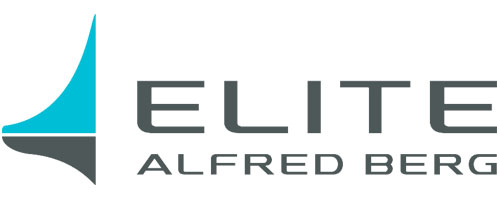We recently held a digital webinar with Ivan Nokhrin and Nicolas Waern to discuss the role of PropTech in building a national digital twin.
We all know that innovation in real estate today has an endless amount of subtopics, including smart buildings, business digitization, or PropTech ecosystems. One way of applying modern technologies to buildings and infrastructural elements of the built environment is to create a “digital twin.” But building a digital twin with the help of PropTech is more than simply combining the usage of real-time data with other sources. It enables learning, reasoning, and dynamically recalibrating for improved decision-making. A digital twin allows for the possibility of capturing knowledge from both people and systems and bring them together to provide a collective truth.
Within the EU, the landscape of PropTech and IoT solutions is a patchwork of different approaches. The management of a real estate asset throughout its phases of life, coupled with the physical asset and its digital model requires careful coordination.
Emerging connectivity and data exchange platforms
The market usually responds with a number of solutions for a single issue and it requires a solid strategy to find your precise solution. Naturally, the end-user of a particular technology should be the one motivated to find the right fit. But when we talk about real estate, there are multiple stakeholders, such as the renter or an owner of a building. Both might have the same goal, but follow a different angle in achieving it.
The process of finding this harmonious coordination is and will be ongoing. From a global perspective, we see a wide variety of strategies. For example, China claims to have 150 smart cities, a cashless society, blockchain, AI, and social credit score functioning as we speak. However, many European countries are not holding up with this standard.
We need smart systems integrations that have the capabilities to stand on the owner’s site. And to integrate as many solutions as possible into a unified platform in order for everyone to benefit from the data. As a result, citizens would have the data and information needed for insights and the ability to create strong future systems.
Data and Technology
Generally, the tech world agrees that open APIs are ideal for creating an interconnected system. But perhaps, more thought should be put towards the methodology and how to approach things. It is important to work within the business conditions. It must be clear what needs to happen, how, when, and why. Think about what kind of capabilities should the platform have, and then take it from there.
Too many times we have seen companies evaluating the different technologies first. But you will need experts to help guide these processes in implementing new solutions.
Who takes the lead in implementing technology
When it comes to the driving force in creating a digital twin you should always ask “why”. Why does this need to happen? Someone has to take this lead but everyone should be involved. There should be a specific need behind an industry’s transformation. The need which has the greatest sense of urgency will need to act first and push change forward. At a national level, the biggest driver could be the ability to compete on a global landscape.
Government institutions are not always known for being the fastest innovators, but change can be also driven by a country’s private industrial side. Industries need to expand and for them to work efficiently, they need access to e.g. reliable energy or electricity. To develop better infrastructures, the real estate industry can be looked to help contribute to a national grid.
Technology is the answer but what is the question
The technology for building digital twins and also PropTech is there. But what unique benefits it can bring to an organization or an end-user remains open. And technology continues to evolve, without waiting for its uses to be completely flushed out. Perhaps it is not about finding the best standard or the best solution. Maybe it is more about expanding and supporting the possibility to choose whatever is best at any given point in time for all the stakeholders.
And, in the end, when considering new technology as a whole, the decision for or against a solution isn’t about the actual technology; it is about finding the organizational fit and understanding how companies make decisions today.






